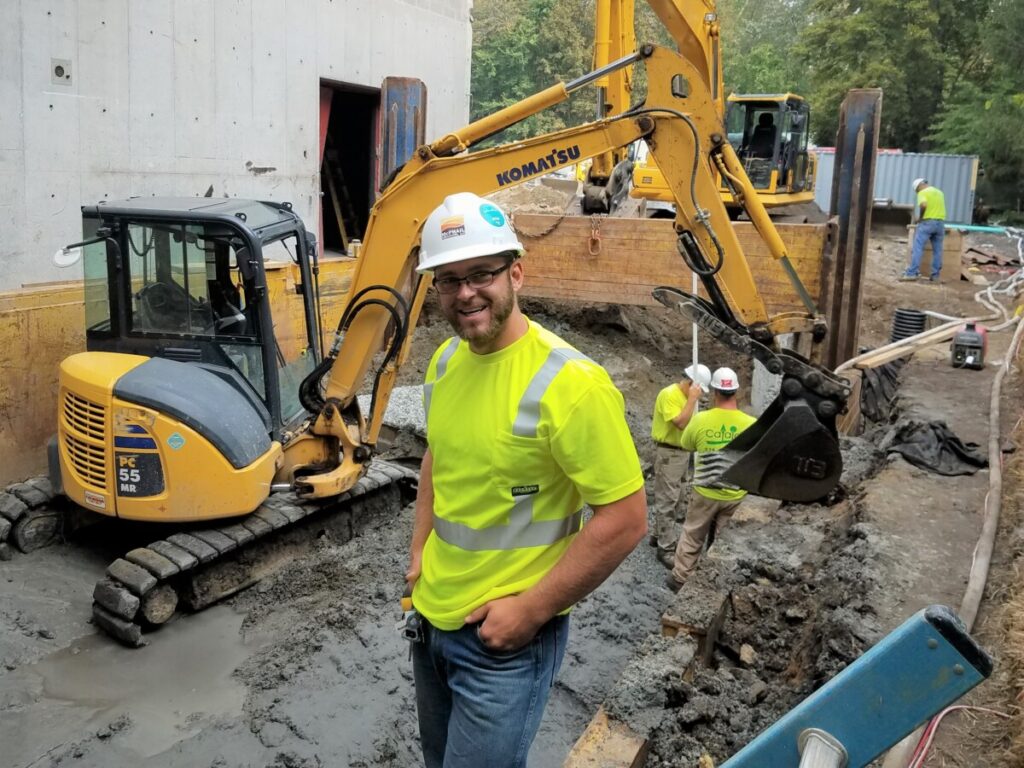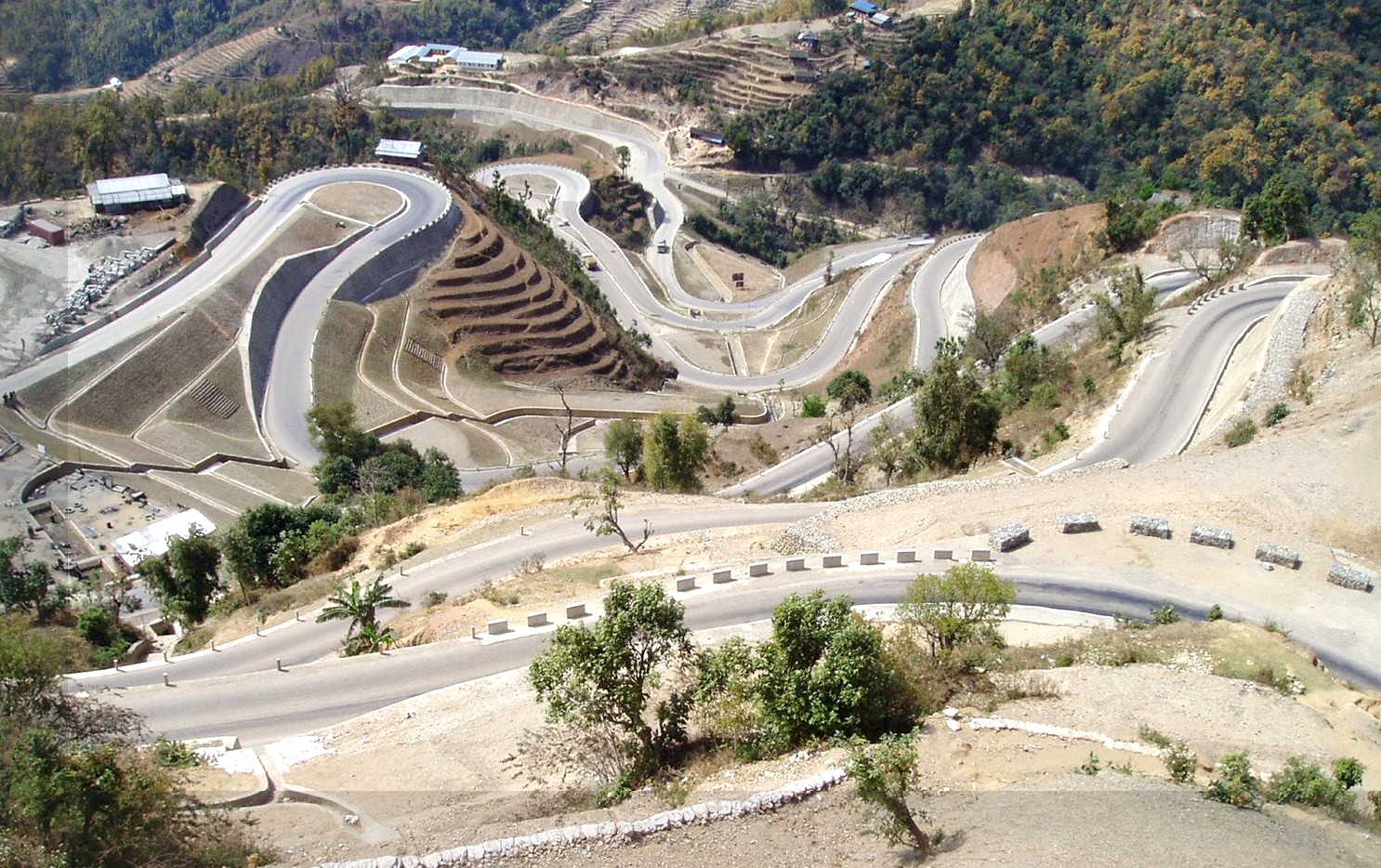Geo Tech Engineer: Enhancing Site Evaluations with Advanced Geotechnical Techniques
Geo Tech Engineer: Enhancing Site Evaluations with Advanced Geotechnical Techniques
Blog Article
The Value of Soil Analysis and Website Investigation in the Geotechnical Industry: Ensuring Security and Stability in Civil Engineering
In the geotechnical sector, dirt analysis and site examination are foundational aspects that underpin the security and security of civil design jobs. These processes not just reveal the features of subsurface materials yet also inform critical choices relating to layout and construction practices. By extensively comprehending dirt homes, designers can preemptively resolve possible difficulties, ultimately safeguarding structural integrity. The ramifications of these investigations extend past instant project success; they can affect long-lasting sustainability and durability. As we check out the intricacies of these methods, it ends up being noticeable that their importance can not be overstated.
Comprehending Soil Characteristics
In the world of geotechnical design, a comprehensive understanding of dirt buildings is vital for notified decision-making and efficient task design. The characterization of soil entails the exam of different physical and mechanical properties, such as grain dimension circulation, plasticity, leaks in the structure, cohesion, and shear toughness. These residential properties determine exactly how dirt acts under different loading problems and ecological influences, making them crucial for examining site suitability for construction jobs.
Dirt category systems, such as the Unified Dirt Classification System (USCS) and the AASHTO classification, give frameworks for grouping dirts based upon their characteristics. This category aids engineers in forecasting habits under stress and anxiety, water flow, and settlement, consequently affecting design options and building and construction techniques.
Moreover, the interaction in between dirt and bordering frameworks is a vital factor to consider in geotechnical engineering. Comprehending dirt residential or commercial properties helps identify possible obstacles, such as liquefaction in earthquake-prone locations or excessive negotiation in soft soils. By extensively evaluating these residential or commercial properties, geotechnical designers can ensure the safety and security, security, and longevity of structures, inevitably adding to the overall durability of civil design projects.
Methods of Dirt Evaluation

In-situ examinations include strategies such as Conventional Infiltration Tests (SPT), Cone Penetration Examinations (CPT), and vane shear tests. SPT reviews the resistance of soil to infiltration, providing information on thickness and strength, while CPT determines soil resistance and pore pressure, producing continual profiles of soil stratigraphy. Vane shear tests are specifically useful for analyzing the shear stamina of cohesive soils.
Research laboratory examinations complement these in-situ evaluations and entail tasting soil for controlled screening. Usual research laboratory techniques consist of Atterberg restrictions, which determine the plasticity features of fine-grained dirts, and compaction tests, which examine moisture-density connections. Extra tests, such as triaxial compression and unconfined compression tests, are performed to evaluate the shear toughness of dirt examples under various problems.
Function of Site Investigation
Website investigation plays an essential duty in the geotechnical engineering procedure, offering as the foundation for comprehending subsurface problems. This thorough assessment entails methodical expedition of dirt and rock residential or commercial properties, groundwater degrees, and various other geological attributes that influence project security and security.
Typically, website examinations include a variety of methods, consisting of drilling boreholes, tasting, and in-situ screening. These approaches give vital data on the mechanical and physical features of the ground, notifying designers about possible difficulties such as dirt settlement, bearing capacity, and slope security.
In addition, website investigation helps with the identification of dangerous materials check over here and impurities, making it possible for the application of suitable remediation measures. By establishing a precise subsurface account, site investigations aid to mitigate threats associated with building and construction, ensuring that jobs comply with security requirements and guidelines.
The searchings for from a complete website examination not just guide layout choices yet likewise influence construction methods and timelines. In recap, the relevance of site examination can not be overstated; it is an important step in the geotechnical engineering procedure, laying the groundwork for effective project implementation while focusing on public security and environmental honesty.
Influence On Task Style
A complete understanding of dirt attributes dramatically influences job design in the geotechnical sector. Soil evaluation informs engineers about the mechanical residential properties, make-up, and behavior of the ground, which are important factors in figuring out the usefulness and security of a building and construction task. Accurate data on soil strength, leaks in the structure, and compressibility enable the development of effective foundation styles, making certain that frameworks are effectively sustained and secure throughout their life expectancy.
Moreover, the visibility of impurities or unstable soil layers can prompt alterations in project layout, such as choosing different building and construction approaches or materials. This positive strategy decreases risks connected to dirt settlement, excessive loading, or lateral movement, thus safeguarding both the integrity of the framework and public security.
The assimilation of soil evaluation into project design also facilitates compliance with governing demands and environmental considerations. By resolving soil-related obstacles early in the layout process, engineers can enhance source appropriation and lower possible delays and expenses related to unpredicted website conditions. Inevitably, thorough dirt evaluation boosts the general see this website high quality and toughness of civil design tasks, causing even more resistant and lasting facilities.
Study and Instances
Demonstrating the critical function of dirt evaluation in the geotechnical industry, different case researches highlight its effect on task end results. One noteworthy instance is the building and construction of a skyscraper building in downtown Los Angeles, where substantial soil screening exposed unstable subsurface conditions. engineer of record. By recognizing the presence of large clay, engineers were able to redesign her latest blog the structure, incorporating deep pilings that made sure stability and security, inevitably avoiding potential architectural failings

Lastly, a dam job in the Southeast encountered hold-ups because of unexpected dirt erosion concerns. Comprehensive dirt evaluation allowed designers to apply reliable stablizing methods, making certain that the dam fulfilled safety guidelines while adhering to the job timeline. These situations emphasize the necessity of detailed soil evaluation and site investigation, highlighting their essential function in accomplishing successful and secure civil design jobs.
Verdict
To conclude, dirt analysis and site investigation are basic components of the geotechnical industry, playing a crucial function in making sure the security and stability of civil engineering projects. By providing necessary data on soil residential or commercial properties and subsurface conditions, these processes educate structure design and building approaches. Additionally, comprehensive investigations add to hazard recognition and risk mitigation, ultimately boosting the durability and toughness of frameworks while optimizing source allotment throughout the project lifecycle.
In the geotechnical market, dirt analysis and site examination are fundamental aspects that underpin the safety and stability of civil engineering tasks. Understanding soil buildings aids determine prospective obstacles, such as liquefaction in earthquake-prone areas or extreme negotiation in soft soils. SPT assesses the resistance of dirt to infiltration, providing data on thickness and strength, while CPT determines soil resistance and pore stress, producing continual accounts of dirt stratigraphy. These situations emphasize the necessity of complete soil evaluation and site examination, highlighting their necessary role in attaining successful and safe civil engineering projects.
In conclusion, soil analysis and site investigation are essential elements of the geotechnical sector, playing an essential duty in making certain the safety and security and security of civil design jobs.
Report this page